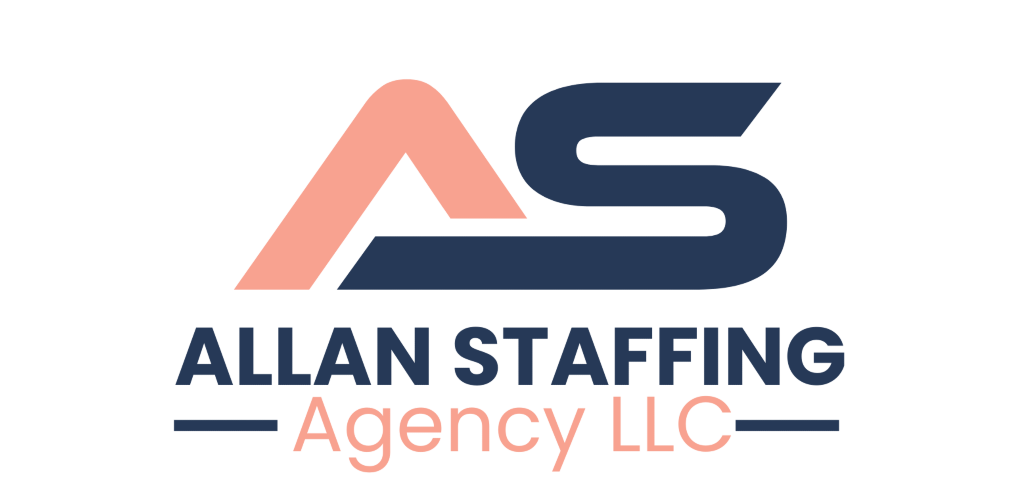
Railroad Settlement Leukemia
Add a review FollowOverview
-
Founded Date February 21, 1913
-
Sectors Home Health Aides & Caregivers
-
Posted Jobs 0
-
Viewed 15
Company Description
What Is The Reason Adding A Key Word To Your Life Will Make All The A Difference
Understanding Railroad Cancer Settlements: A Comprehensive Guide
Railroad Settlement workers often deal with a distinct set of obstacles and dangers due to the nature of their jobs. For many years, various research studies and reports have highlighted a considerable association between particular occupational direct exposures in the railroad market and the development of cancers. As a result, Railroad Settlement Emphysema cancer settlements have actually become a vital area of focus for impacted workers and their families. This post seeks to inform readers about the nature of these settlements, the processes involved, and the legal considerations required for pursuing claims.
The Link Between Railroads and Cancer
Studies have shown that railroad employees might be exposed to Hazardous Materials Exposure products and circumstances that increase their danger of cancer. Secret danger factors consist of:
- Asbestos Exposure: Railroads thoroughly used asbestos in brake linings, insulation, and other applications, exposing employees to this recognized carcinogen.
- Benzene Exposure: Workers may be exposed to benzene through engine fuel, which has been linked to leukemia.
- Chemical Exposure: Prolonged direct exposure to different chemicals, including diesel exhaust particulate matter, can contribute to breathing and ano-genital cancers.
Table 1: Common Carcinogens in the Railroad Industry
| Carcinogen | Associated Risk | Areas of Exposure |
|---|---|---|
| Asbestos | Lung Cancer | Insulation, Brake Linings |
| Benzene | Leukemia | Fuel Emissions |
| Coal Tar Pitch | Skin Cancer | Track Maintenance |
| Diesel Exhaust | Different Cancers | Locomotive Operations |
| Formaldehyde | Nasopharyngeal Cancer | Numerous Work Environments |
Understanding Railroad Cancer Settlements
What Are Railroad Cancer Settlements?
Railroad Settlement Pulmonary Fibrosis cancer settlements refer to compensation claims made by Railroad Settlement Scleroderma employees (or their survivors) who have developed cancer as a direct outcome of workplace exposures. Settlements generally happen when an employee successfully demonstrates that their health problem is connected to occupational dangers.
The Legal Framework
Railroad workers are normally covered under the Federal Employers Liability Act (FELA), which enables them to sue their companies for carelessness. In these cases, the concern of proof lies with the worker, who should demonstrate that:
- Their company was negligent in offering a safe workplace.
- The carelessness straight resulted in their medical diagnosis of cancer.
The Settlement Process
The process for pursuing a railroad cancer settlement can be complex, often including several essential steps:
-
Medical Diagnosis: A verified cancer diagnosis by a certified healthcare professional is essential. Medical records need to detail the disease’s nature, seriousness, and potential links to workplace exposures.
-
Documentation of Exposure: Workers must provide proof of exposure to harmful substances throughout their employment. This might include work history, direct exposure records, and testimonies from co-workers.
-
Submitting a Claim: An attorney experienced in railroad injury cases usually submits the claim under FELA.
-
Negotiation: Settlements are often reached through negotiation between the employer’s insurer and the plaintiff’s legal representatives.
-
Litigation: If a contract can not be reached, the case might proceed to court for a trial.
Factors Influencing Settlement Amounts
A number of factors can influence the amount awarded in railroad cancer settlements, consisting of:
- Severity of the Illness: More extreme conditions might get greater payment due to increased medical costs and lost earnings.
- Expense of Treatment: Ongoing treatment strategies can include significant expenses that factor into settlement negotiations.
- Loss of Earnings: Compensation frequently accounts for the wages lost due to health problem.
- Discomfort and Suffering: Non-economic damages for pain, suffering, and lessened quality of life can considerably impact the settlement amount.
Benefits of Settling
Choosing a settlement rather than pursuing a lawsuit has numerous benefits:
- Quicker Resolution: Settlements tend to be solved more quickly than trials.
- Lower Legal Fees: Legal costs may be lower, as settlements typically require less time than lawsuits.
- Certainty of Outcome: Settlements provide an ensured amount, while trials might lead to unpredictable outcomes.
FAQs About Railroad Cancer Settlements
What kinds of cancer are commonly related to railroad work?
The most typical types of cancer connected to railroad work consist of lung cancer, leukemia, mesothelioma, and skin cancer.
Can I submit a claim if I no longer work for the railroad?
Yes, previous workers can file claims as long as they can supply evidence of the link in between their disease and work environment exposure.
The length of time do I need to sue?
Under FELA, hurt workers have three years from the date of finding their health problem or injury to submit a claim.
Will I have to go to court for my claim?
Not necessarily; numerous claims are settled out of court.
How can I find a lawyer experienced in railroad cancer settlements?
Search for lawyers who concentrate on FELA cases or occupational disease claims, and check their track record in managing comparable cases.
Railroad cancer settlements represent an essential recourse for workers who have suffered due to unsafe working conditions and direct exposure to hazardous compounds. Comprehending the nature of these claims, the legal structure, and the settlement procedure can empower railroad staff members and their families to look for proper settlement. With the best information and legal guidance, impacted individuals can browse this complicated procedure with higher self-confidence, eventually helping them approach relief and recovery.

